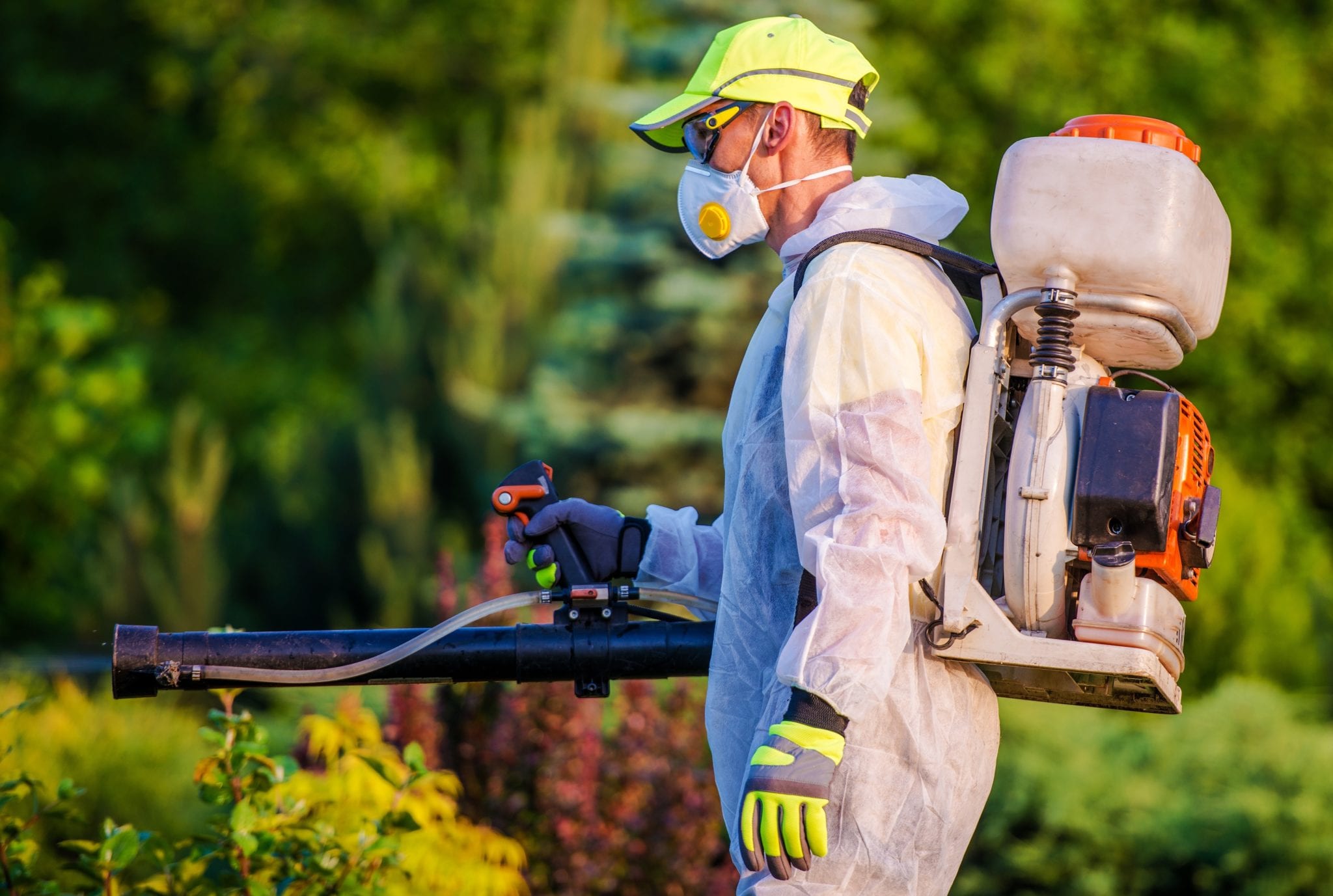Chicago Bug Infestation Removal: Fast and Reliable Pest Extermination
A Comprehensive Overview to the Different Types of Bug Control Techniques
With the myriad of pest control methods readily available, it can be overwhelming to locate the most reliable solution for a certain insect trouble. In this thorough guide, we will discover these various kinds of parasite control methods, offering insights into their applications and benefits. By the end, you will have a clearer understanding of which approach might be the finest fit for your insect control needs.
Chemical Pest Control Approaches

One typical type of chemical insect control is insecticides. Pesticides target specific insects, such as mosquitoes, termites, or ants, and can be made use of both indoors and outdoors.
Another type of chemical bug control is rodenticides. These are chemical compounds made to control populaces of rodents, such as rats and mice.
Herbicide, also referred to as herbicides, are another kind of chemical pest control method. Herbicides are developed to precisely eliminate unwanted plants, called weeds, without creating damage to preferable plants. They are commonly made use of in agriculture, landscape design, and gardening to manage the development of unwanted vegetation.
While chemical bug control techniques can be highly efficient in getting rid of parasites, it is very important to use them carefully and comply with security guidelines. Overuse or abuse of chemical pesticides can have adverse effect on human health and wellness and the atmosphere. It is critical to employ these approaches properly and take into consideration different bug control techniques whenever possible.
Biological Insect Control Methods
Organic bug control techniques include making use of living organisms or all-natural compounds to handle and regulate pest populations. Unlike chemical techniques, which commonly depend on artificial pesticides, biological control techniques use the natural adversaries of insects to control their populations. This method is taken into consideration even more eco-friendly and lasting, as it decreases the usage of unsafe chemicals and decreases the risk of pesticide resistance.
One extensively used biological bug control method is the introduction of natural killers or bloodsuckers. Ladybugs are presented to regulate aphids, while certain wasp species are launched to target caterpillars. These killers and bloodsuckers prey on bugs, lowering their numbers and protecting against invasions.
One more organic control technique is making use of microorganisms. Specific bacteria, infections, and fungi can be utilized to infect and eliminate particular bugs. For example, the microorganism Bacillus thuringiensis is typically used to regulate caterpillars, as it produces toxins that are dangerous to these parasites.
Biological control approaches can additionally involve making use of scents or natural substances that interfere with the mating patterns of bugs. By hindering their recreation, these approaches help to decrease pest populations gradually.
While biological insect control approaches are usually reliable, they may require longer great post to read durations to accomplish desired outcomes compared to chemical techniques. In addition, careful factor to consider needs to be offered to the selection and launch of natural enemies to avoid unintentional harm to beneficial organisms or ecological communities.
Physical Pest Control Methods
To efficiently manage and regulate pest populations, different pest control approaches recognized as physical parasite control techniques are used. One more physical pest control approach is the installation of fences or walls to keep larger parasites, such as deer or bunnies, out of gardens or farming areas. Physical pest control methods are an environmentally friendly choice to chemical pesticides, as they do not rely on the usage of harmful chemicals.
Natural Insect Control Methods
All-natural bug control methods use a lasting and environment-friendly strategy to managing and eliminating bugs. These approaches prioritize using why not try this out natural materials and biological agents, minimizing the requirement for chemical pesticides that can hurt the atmosphere and human health and wellness. One of the most typical natural parasite control approaches is organic control. This entails presenting all-natural predators or parasites to take advantage of or parasitize the insects. For example, ladybugs are usually presented to yards to regulate aphid populations. An additional all-natural approach is the usage of repellents acquired from plants. Particular plants, such as marigolds, lavender, and pepper mint, release scents that fend off insects like mosquitoes, flies, and ants. Additionally, social control practices can be employed to stop and manage insect problems. This includes proper hygiene, regular maintenance, and promoting biodiversity in the yard. For instance, revolving plants, removing garden debris, and encouraging natural killers can aid avoid the accumulation of bugs. By taking on these natural parasite control approaches, individuals and areas can properly handle parasites while minimizing the adverse influence on the environment and human health.
Integrated Parasite Administration (IPM)
Integrated Pest Monitoring (IPM) is an extensive and organized approach to pest control that incorporates numerous strategies and methods to effectively manage pests while reducing making use of chemical pesticides. IPM aims to maintain parasite populaces below the economic injury level by making use of a combination of social, biological, and chemical control approaches.
Social control methods involve changing the environment to make it less positive for bugs. This can include practices such as crop turning, correct cleanliness, and using resistant plant ranges. By developing undesirable conditions for parasites, social control techniques can considerably reduce parasite populations.

Chemical control methods are used as a last hotel in IPM. They entail the targeted and cautious usage of pesticides to manage bug populations. Unlike conventional parasite control techniques, IPM aims to minimize the use of chemical pesticides by using alternative methods.
Integrated Parasite Monitoring (IPM) is a proactive technique that concentrates on lasting bug administration instead of counting solely on reactive steps. By incorporating numerous control approaches, IPM offers a more lasting and eco-friendly technique to pest control.
Conclusion
In verdict, this short article has given an extensive summary of the different sorts of bug control approaches. It went over chemical, biological, physical, and all-natural parasite control approaches, as well as the integrated parasite administration method. By understanding these different methods, people can make enlightened choices on which bug control technique is most suitable for their details needs and preferences. Reliable insect control is crucial in preserving a healthy and balanced and pest-free atmosphere.